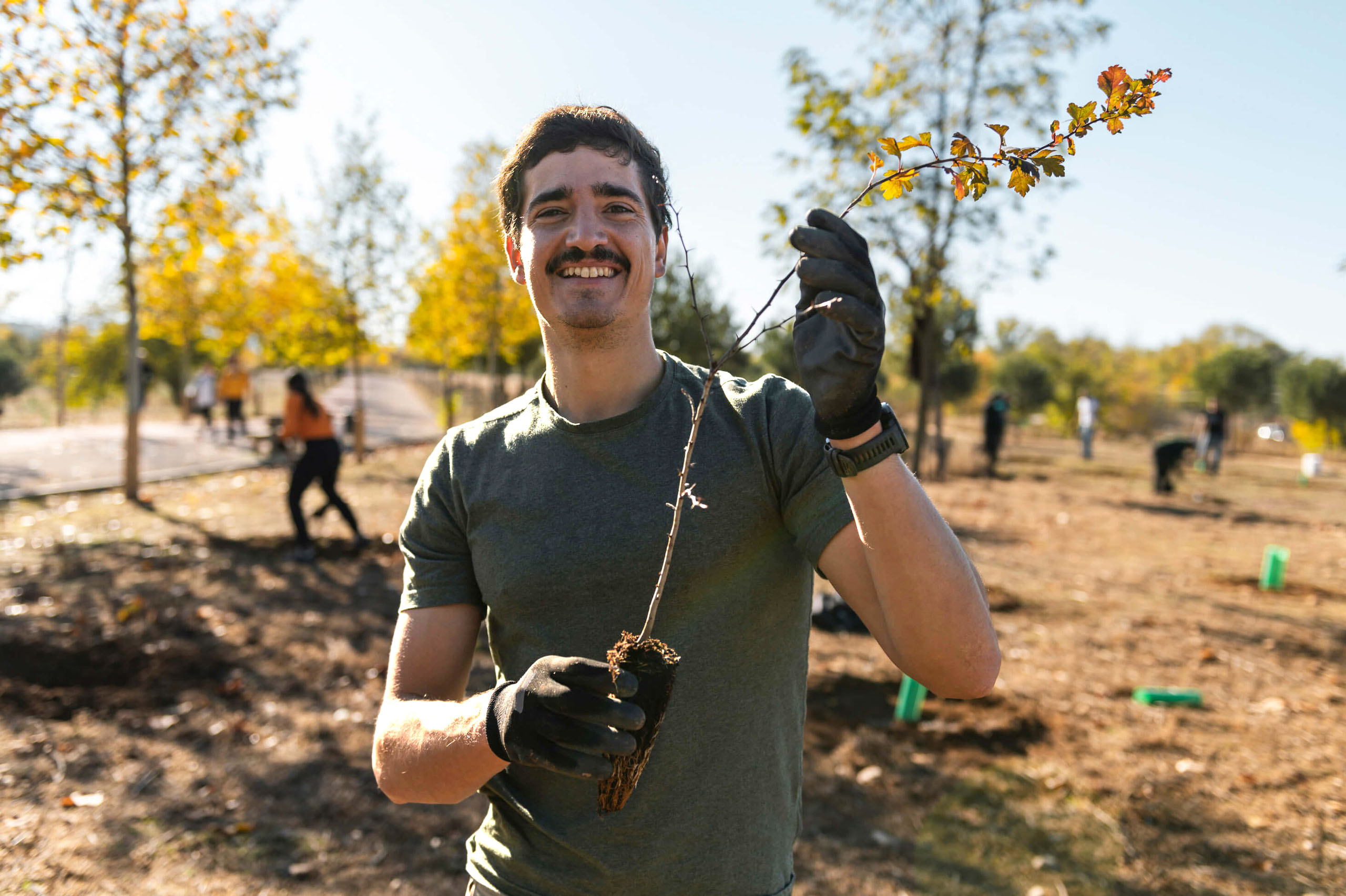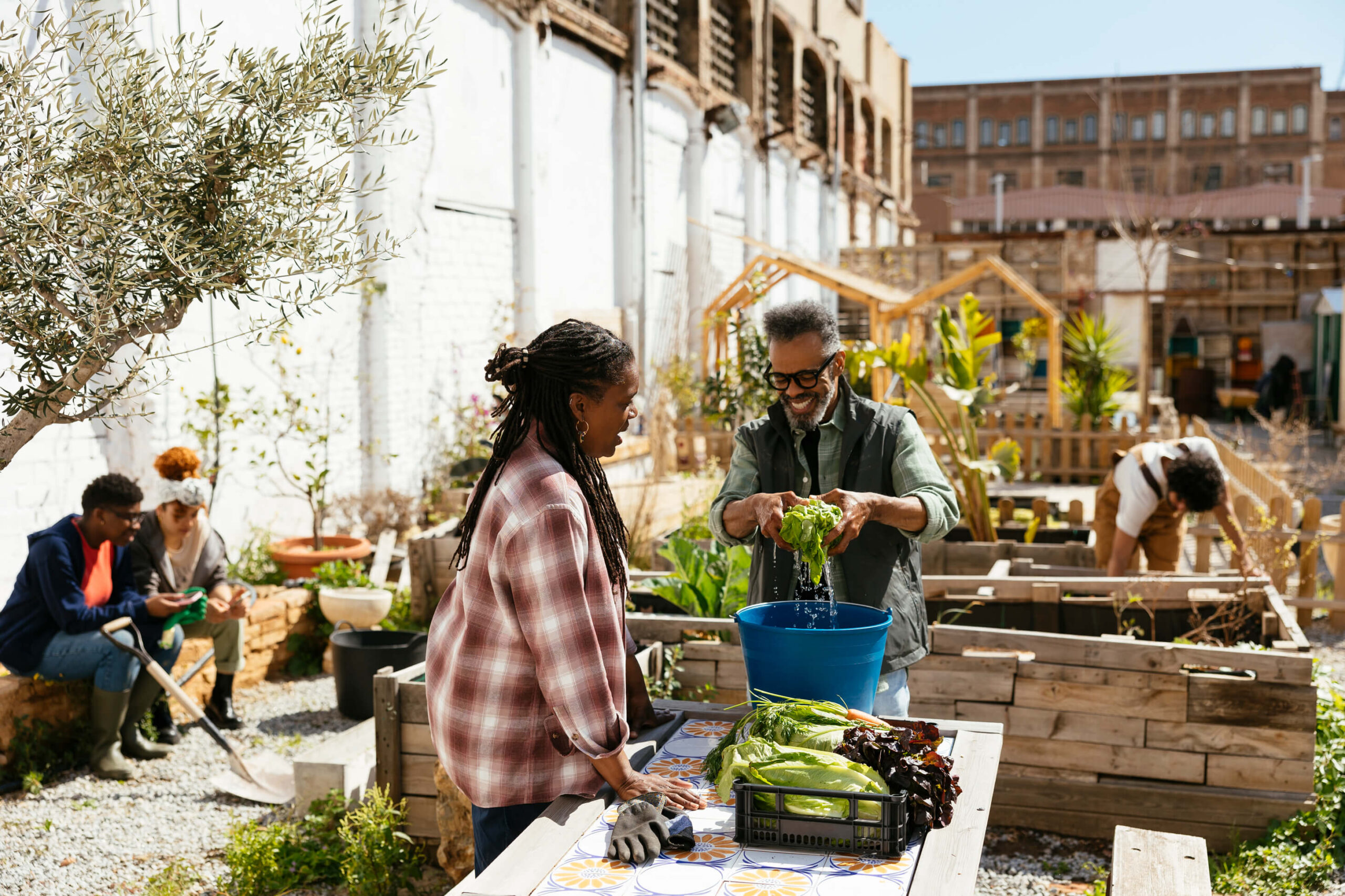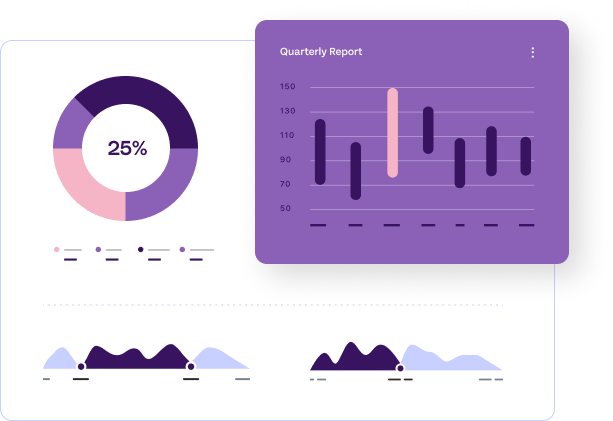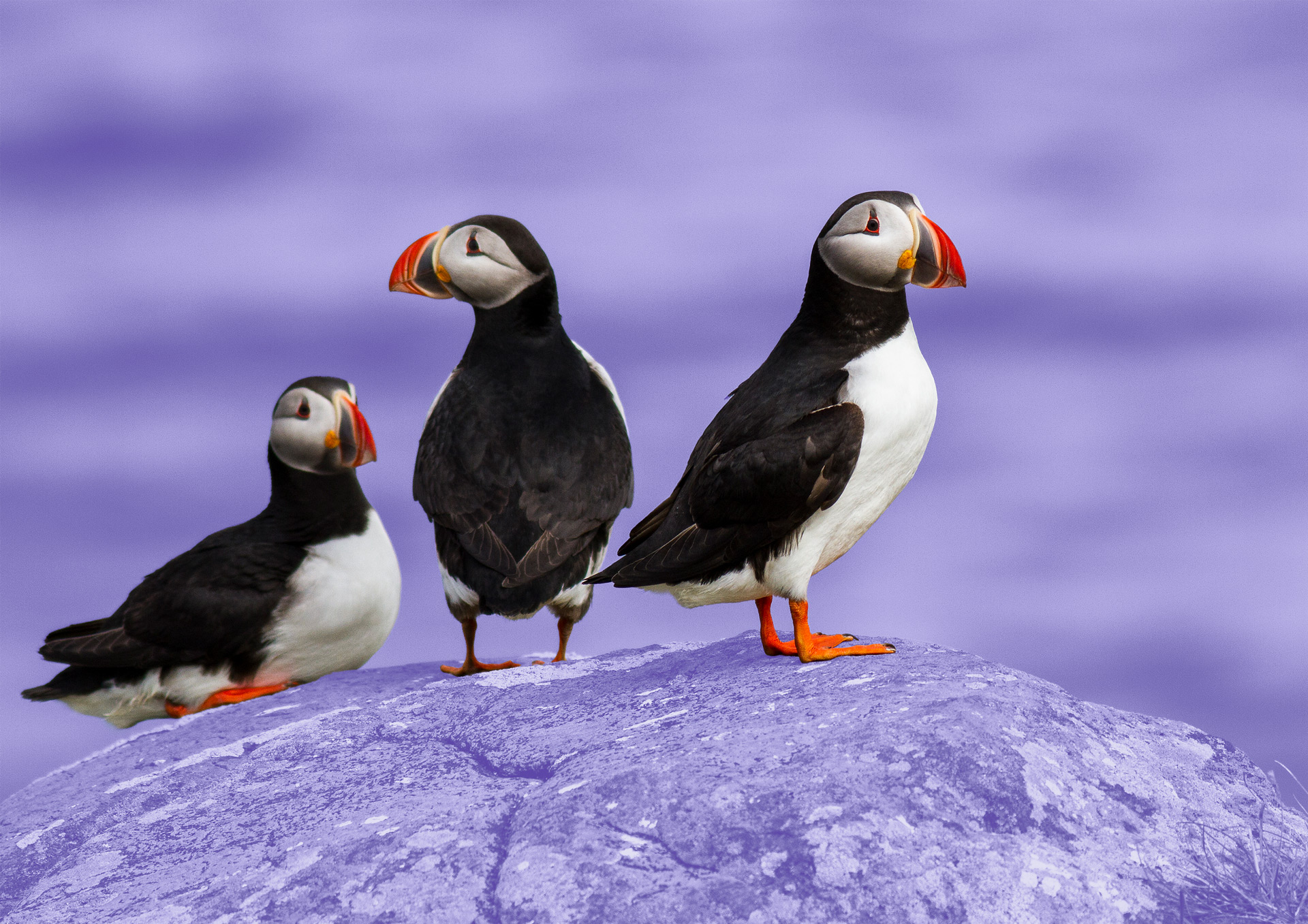Powering fundraising, CSR and case management
Nonprofit software for the greatest good
Change the world with the leading nonprofit software for foundations, corporations, public agencies, and more. Raise more funds, scale your impact, and achieve better outcomes with Bonterra.

Trusted by leading organizations
For Nonprofits
Amplify your impact, expand your base, and boost efficiency with software built specifically for nonprofits.
 Explore solutions for nonprofits
Explore solutions for nonprofits
For Foundations
Strengthen the social good ecosystem through powerful technology and programs proven to drive impact.
 Explore solutions for foundations
Explore solutions for foundations
For Government
Deliver life-changing programming, streamline processes, and boost funding with secure case management software.
 Explore solutions for government
Explore solutions for government
For Corporations
Drive greater impact and stronger business outcomes with powerful corporate social responsibility software.
 Explore solutions for corporations
Explore solutions for corporations




40M+
Lives touched
170K+
Nonprofits in our network
$18B
Annual giving supported
For the greatest good
For the greatest good
For the greatest good
For the greatest good
The latest from our social good ecosystem

Blog
Top 10 questions to evaluate and choose CSR software
For CSR leaders, using software to automate grant approvals, track employee donations, disburse funds, and measure impact can reduce administrative work and free up time for your teams. But not all corporate giving platforms are the same — the right solution depends on your company’s unique needs, programs, and goals. For instance, if you have […]

Events and Webinars
On-demand webinar: Beat the odds and retain more supporters
Ready to get started?








